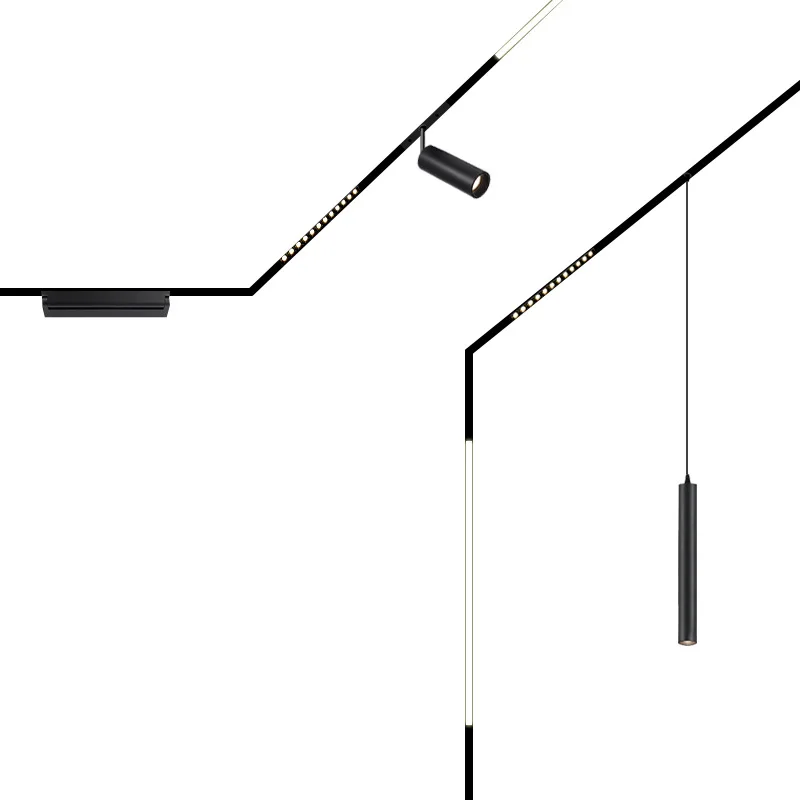Brand: |
none |
Address: |
China |
Min.Order: |
none |
Supply: |
none |
Valid until: |
Long Term |
Product Details




1. Payment is always in advance
2. As payment method we accept: Paypal, Mastercard, Visa, American express, Bank transfer
3. Shipped to worldwide
4. Delivery time is aprox. 5-10 working days
5. You get the product with offical 2 years warranty
Do you also think that the LED-purchase is sometimes not easy? We want to help you, so we have compiled a list of key terms and guide!

E27: E27 is the most commonly used base. With E27 is referred to the standard screw base. The E goes back to Thomas Edison and represents Edison screw. 27 expresses the diameter of the base in millimeters. The thread has a pitch of 3,62 mm.
E14: With E14 is called the narrow screw. The "E" goes back to Thomas Edison and represents Edison screw. "14" indicates the diameter of the base in millimeters. The thread has a pitch of 2,82 mm.
GU10: GU10 is a typical pin base with twist lock. The distance between the pins is 10 mm. GU10 base is often used in particular for halogen reflector lamps
GU 5.3 : GU 5.3 is a typical pin socket for halogen reflector lamps (12 V). The distance between the pins is 5,3 mm.
G53: When the G53 is the bayonet socket also used. However, the distance of the two ports is 53mm. G53 is the base of AR111 lamps.
G4: G4 is the base of 12V halogen capsules. For bulbs with G4 base of the pin spacing is 4mm
BASE: The base is used for the electrical and mechanical connection of the light source into the power socket.
Rated life: Enter the averaging of hours, to the luminous flux of the light sources reduced with 20%. The nominal life of the LED light sources are from 15000 to 50000 hours, much more than 1000 hours life of traditional incandescent bulbs.
Energy class: The light sources are grouped into energy classes according to their energy consumption. The classes are from A ++ to G, A ++ is the best and G is the worst energy class.
A +: The LED light sources are in class A +, which has one of the best energy efficiency.
INSTALLATION POSSIBILITY: It shows the shape of the light sources, lights.
RETROFIT: The LED light sources allow an easy and cost-effective replacement of conventional light sources. Just unscrew the traditional light source out of the socket, and replace with LED light source without conversion!
Wattage: This electrical energy is needed to illuminate the LED light sources with the right light intensity. The power of the light source determine the amount of light intensity. A powerful LED light source provides more light output, illuminated stronger.
EQUIVALENCE: It shows that with the LED light sources which conventional light sources can be replaced. The equivalence of the LED light sources means that the luminous flux of the LED light sources is equal to the luminous flux of conventional light sources that you replaced. For example with a 10 W LED bulb can replace a 60 W light bulb.
ENERGY SAVING: Enter how much energy you can save with the replacement of conventional light sources. With the replacement of incandescent bulbs with LED bulbs can save energy more than 80%.
Color temperature: Light white shades, they are expressed in degrees Kelvin. 2700-3200 K means warm white light (2700 K color temperature of light bulbs), over 5000 K cold white light, 7000 K is extremely cold white light. In the offices, 4000 K usually use white light
Dimmable: It shows that the LED light sources can be dimmed or not dimmable.
NOMINAL FLUX: The luminous flux is the total amount of light that emerges from the light source. It is one of the most important properties of LED light sources, if the value is higher, the light is more strongly emitted from the light source.
Effectiveness: The unit of luminous flux. If the value is higher, the lighting will be stronger. The light output of a 60 W light bulb approx. 800 is lm, the luminous flux equal one 10 W LED lamp. The luminous flux of a 40 W light bulb is approximately 470 lm with a 7W LED light source can be replaced. The luminous flux is in a 100 W light bulb approximately 1380
Lumens: The unit of luminous flux. If the value is higher, the lighting will be stronger. The light output of a 60 W light bulb approx. 800 is lm, the luminous flux equal one 10 W LED lamp. The luminous flux of a 40 W light bulb is approximately 470 lm with a 7W LED light source can be replaced. The luminous flux is approximately 1380 lm a 100 W light bulb.




 Share
Share





















Customer Reviews total 0 items